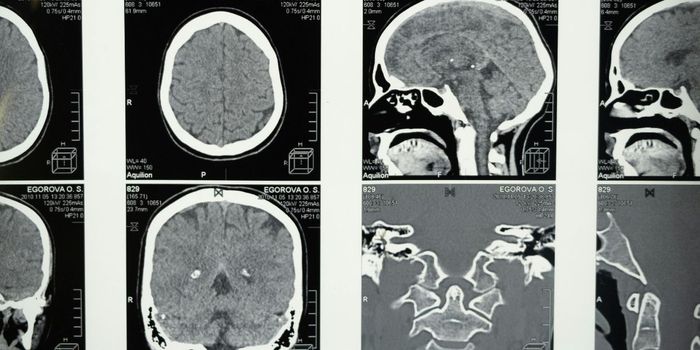Treatment Intended for Osteoarthritis, Decreases Opioid Dependence
A research team at the Linda and Jack Gill Center for Biomolecular Science at Indiana University uncovered a unique quality of a compound that was formerly examined for the treatment of osteoarthritis. The compound known as CB2 cannabinoid agonist LY282836 was ineffective in treating osteoarthritis but successful in decreasing opioid dependence when combined with opioid-based pain medications. The CB2 cannabinoid agonist LY282836 was seen to inhibit neuropathic pain while reducing symptoms of opioid addiction.

Initially, the agonist compound was trialed in individuals with osteoarthritis by the pharmaceutical company Eli Lilly but failed to be effective. So, researchers wanted to understand the purpose of such compound when its role in pain relief was discovered which motivated a study on its use in opioid-dependence.
Now, the potentiality of the compound to treat an opioid-addiction may be considered for another clinical trial. Lead investigator and professor of Neuroscience at Indiana University, Dr. Andrea G. Hohmann, explains that "The potential to quickly begin using this compound in combination with opioid-based medication to treat pain and reduce addiction makes this discovery very significant”. There is a particular advantage to reexamine the effects of the compound in a different context. "We already know this drug is safe for use in people, so moving into human trials will not require as many regulatory hurdles," says Dr. Hohmann.
There is an urgency to develop pain medications that are non-addictive. The opioid crisis has killed over 64,000 Americans in 2016 and the number is growing due to opioid overdose.
To see if CB2 cannabinoid agonist LY282836 may be the answer to end the opioid crisis. Researchers tested the experimental drug in combination with an opioid morphine and administered the substance in mouse models that exhibit neuropathic pain. The results showed a quick response to morphine’s effectiveness. The mice developed morphine tolerance despite the morphine’s pain reduction purpose. This correlated to the symptoms displayed in humans who need high amounts of opioids as time progresses in order to relieve pain. On the other hand, when a low dose of the agonistic compound is administered in combination with morphine, then the ability to develop tolerance to has failed even after the use of the agonist has discontinued. Furthermore, the experimental drug was able to sustain pain relief at higher doses.
Following another experiment, the morphine was administered to mice free of the experimental drug or in a combination of the drug; and in either case, they were treated with naloxone, known to reverse an opioid overdose. The experimental drug also lessened the severity of symptoms associated with an opioid withdrawal.
The results concluded that to maintain a satisfactory treatment and reduce symptoms of an opioid dependence, then opioids must be taken in combination with the experimental drug.
Results of this study were published in the Journal of Molecular Pharmacology.
Sources: Indiana University, Journal of Molecular Pharmacology, DrugAbuse.gov









